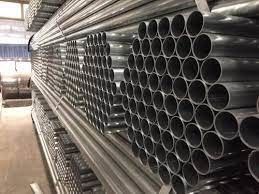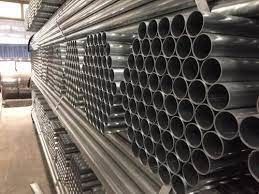No.1 Surface Stainless Steel Pipe Tubing, Cold Drawn 316 Stainless Round Tube
| Place of Origin | china |
|---|---|
| Brand Name | ShengQuan |
| Certification | ISO9001:2000 |
| Model Number | 201/304/304L/316/316L/321/309/310/32750/32760/904 |
| Document | Product Brochure PDF |
| Minimum Order Quantity | 1ton |
| Price | USD1500-USD6000 |
| Packaging Details | Standard Export Sea-Worthy Packing |
| Delivery Time | 5-15days |
| Payment Terms | L/C, T/T, Western Union |
| Supply Ability | 15000Tons |

Contact me for free samples and coupons.
Whatsapp:0086 18588475571
Wechat: 0086 18588475571
Skype: sales10@aixton.com
If you have any concern, we provide 24-hour online help.
x| Width | Or As Required | Type | Plate,Coil, Sheet,tube |
|---|---|---|---|
| Standard | ASTM,JIS,AISI,EN,GB | Length | Customer's Request |
| Surface Treatment | Galvanized | Technique | Cold Rolled,Hot Rolled |
| Grade | SGCC | ||
| Highlight | Galvanized 316 Stainless Steel Pipe,Cold Drawn 316 Stainless Round Tube,316 Stainless Steel Tubing |
||
No.1 Surface Stainless Steel Pipe Tubing , Cold Drawn 316 Stainless Round Tube
300-series stainless steel selection in process piping
Some manufacturing processes feature strict cleanliness and purity requirements that dictate the kind of piping that can be used.
Such is the case in sanitary high-purity pharmaceutical processes or semiconductor manufacturing. In pharmaceutical settings, process piping must be thoroughly cleaned after each batch is made. Electropolished 316L stainless steel is preferred in this setting. Electropolishing produces a much smoother surface with reduced risk of trapping remnant materials from prior batches during cleaning.
Electropolished 316L is also preferred in semiconductor manufacturing, but for a different reason. Semiconductor piping is not cleaned. Rather, these systems remain closed for extended periods of time to protect the purity of the production process. The smooth, corrosion-resistant 316L stainless steel piping ensures the purity of the gas traveling through it is maintained while eliminating entrapment areas for particulates to collect.
![]()
![]()







